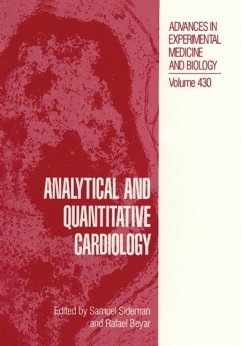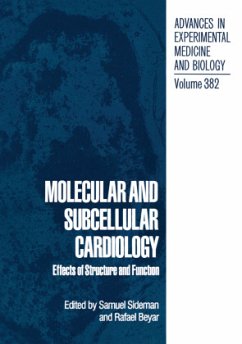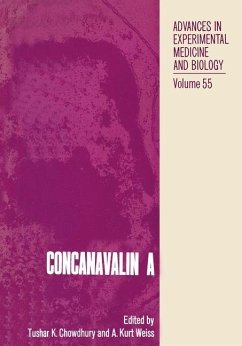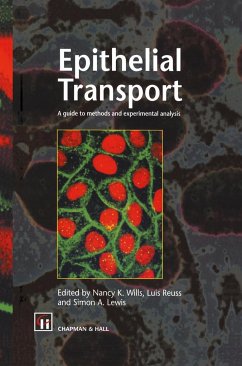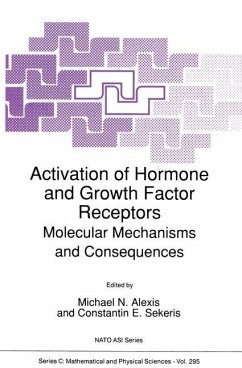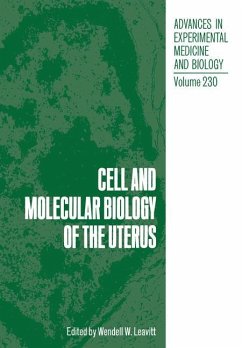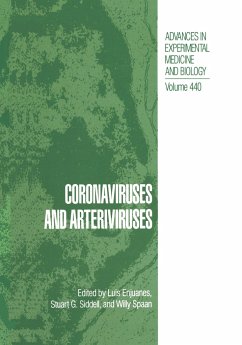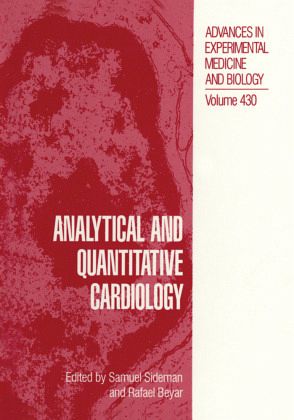
Analytical and Quantitative Cardiology

PAYBACK Punkte
19 °P sammeln!
The tenth Henry Goldberg Workshop is an excellent occasion to recall our goals and celebrate some of our humble achievements. Vision and love of our fellow man are combined here to: 1) Foster interdisciplinary interaction between leading world scientists and clinical cardiologists so as to identify missing knowledge and catalyze new research ideas; 2) relate basic microscale, molecular and subcellular phenomena to the global clinically manifested cardiac performance; 3) apply conceptual modelling and quantitative analysis to better explore, describe, and understand cardiac physiology; 4) inter...
The tenth Henry Goldberg Workshop is an excellent occasion to recall our goals and celebrate some of our humble achievements. Vision and love of our fellow man are combined here to: 1) Foster interdisciplinary interaction between leading world scientists and clinical cardiologists so as to identify missing knowledge and catalyze new research ideas; 2) relate basic microscale, molecular and subcellular phenomena to the global clinically manifested cardiac performance; 3) apply conceptual modelling and quantitative analysis to better explore, describe, and understand cardiac physiology; 4) interpret available clinical data and design new revealing experiments; and 5) enhance international cooperation in the endless search for the secrets of life and their implication on cardiac pathophysiology. The first Goldberg Workshop, held in Haifa, in 1984, explored the interaction of mechanics, electrical activation, perfusion and metabolism, emphasizing imaging in the clinical environment. The second Workshop, in 1985, discussed the same parameters with a slant towards the control aspects. The third Goldberg Workshop, held in the USA at Rutgers University, in 1986, highlighted the transformation of the microscale activation phenomena to macro scale activity and performance, relating electrophysiology, energy metabolism and cardiac mechanics. The fourth Goldberg Workshop continued the effort to elucidate the various parameters affecting cardiac performance, with emphasis on the ischemic heart. The fifth Workshop concentrated on the effect of the inhomogeneity of the cardiac muscle on its performance. The sixth Workshop highlighted new imaging techniques which allow insight into the local and global cardiac performance.



